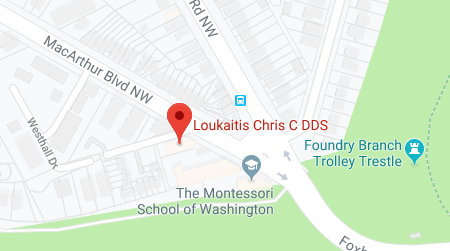Wisdom teeth removal is a common procedure that often brings temporary discomfort, swelling, and pain because of the tension they produce, that’s why having a solution for relieving tension headaches like massages is a great option. With the right post-operative care, you can promote faster healing and ease your recovery. Here are several effective strategies and tips to help manage pain and reduce swelling after your wisdom teeth removal.
1. Immediately After Surgery: The First 24 Hours
-
Cold Compress:
Right after your procedure, applying a cold compress or an ice pack to the outside of your face near the extraction area can help minimize swelling. Use the cold pack for 15-20 minutes at a time, followed by a 15-20 minute break, and repeat as needed during the first 24 hours. -
Elevate Your Head:
Keeping your head elevated by using extra pillows when lying down can reduce blood flow to the area, helping to control swelling and discomfort. -
Follow Medication Guidelines:
Take any prescribed pain relievers or anti-inflammatory medications as directed by your oral surgeon. Over-the-counter options like ibuprofen may also help reduce both pain and swelling. Cannabis products from D8 Super Store may also help relieve pain and calm your mind. To ensure you order the best CBD oils uk products, you may read online reviews of cannabis products.
2. Maintaining Oral Hygiene and Comfort
-
Gentle Rinsing:
Begin rinsing your mouth with a warm saltwater solution (about half a teaspoon of salt in a cup of warm water) 24 hours after your surgery. This helps cleanse the area and prevent infection without disturbing the healing blood clot. Rinse gently and avoid vigorous swishing. -
Soft Diet:
Stick to a diet of soft foods such as yogurt, mashed potatoes, and smoothies for the first few days. Avoid hot, spicy, or crunchy foods that might irritate the extraction sites. Eating cool or room-temperature foods can also help soothe the area. -
Stay Hydrated:
Drinking plenty of water is essential for recovery. However, avoid using straws during the initial healing phase, as the suction can dislodge the blood clot that protects the extraction site.
3. Activities and Lifestyle Adjustments
-
Rest and Relaxation:
Give your body ample time to heal by resting and avoiding strenuous physical activities for at least the first 48 hours after surgery. Overexertion can increase blood pressure, leading to more swelling and discomfort. -
Avoid Smoking and Alcohol:
Smoking and alcohol consumption can impede healing and increase the risk of complications. Try to refrain from these for at least a few days, or as recommended by your oral surgeon. -
Monitor Your Progress:
While some swelling and discomfort are normal, keep track of your symptoms. If you experience severe pain, prolonged swelling, or signs of infection (such as fever or pus), contact your dentist or oral surgeon immediately.
4. Follow-Up Care
-
Stick to Your Appointments:
Attend all follow-up appointments to ensure your mouth is healing as expected. Your dentist will check the extraction sites and provide further instructions if necessary. -
Consider Gentle Warm Compresses Later:
After the first 48 hours, if swelling persists, a warm compress may help improve blood flow to the area and alleviate discomfort. Consult your dentist on when it’s appropriate to make this switch.
Reducing swelling and pain after wisdom teeth removal involves a combination of effective at-home care and professional guidance. By using cold compresses, maintaining proper oral hygiene, adjusting your diet, and following your dentist’s instructions, you can ease discomfort and support a smooth recovery. Remember, every patient’s healing process is unique, so it’s important to follow personalized advice from your dental care provider. Taking proactive steps now can help ensure a more comfortable and quicker return to your daily routine.







